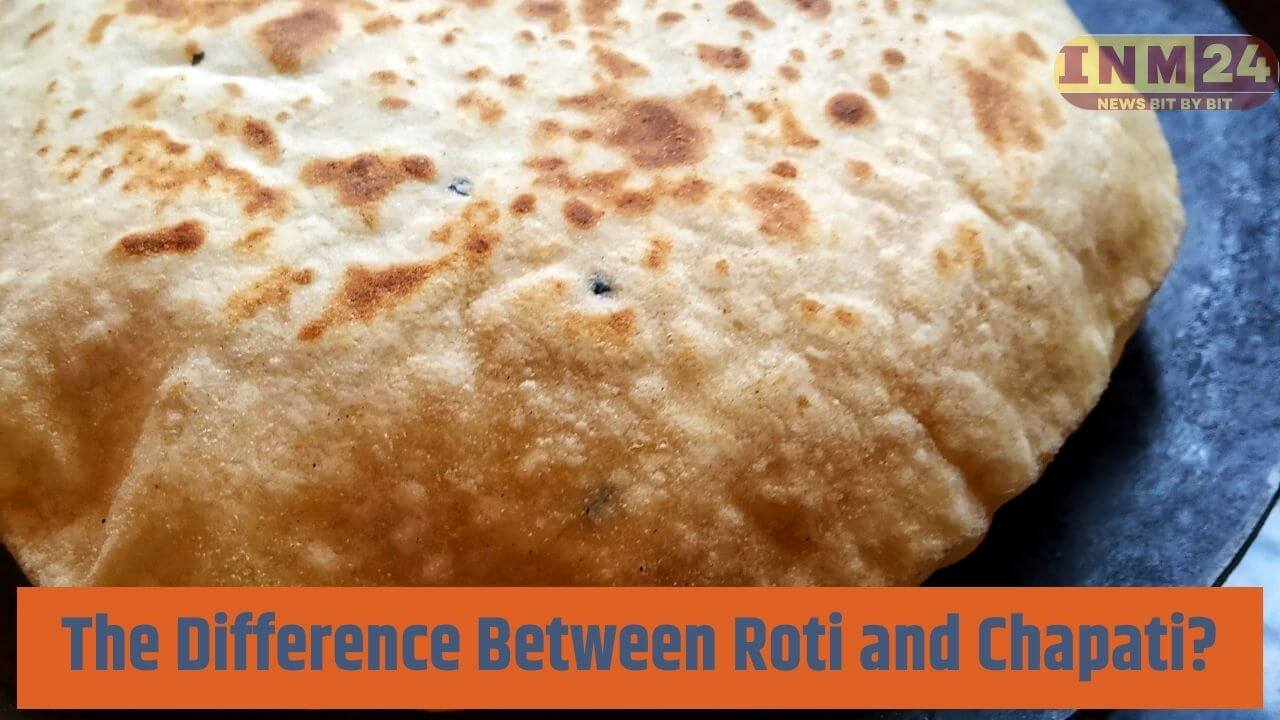Do You Know the Difference Between Roti and Chapati?: Some people are well aware of the distinction between roti and chapati, while others are still in confusion. Is there any technical difference between these two staples, or are they essentially the same?
Let’s start by exploring the origin of the term “roti.” Essentially, the root of the word “roti” is found in Sanskrit. The Sanskrit word “rotika” gave birth to the term, and over time, it evolved into the popularly used “roti.” Its literal meaning is a flat, round cake made by grinding grains and cooking it on a griddle. While some may also refer to it as a Persian word, the prevailing consensus is that it originates from the Sanskrit word “rotika.”
Now, shifting our focus to chapati, this term is not derived from elsewhere but directly borrowed from the Sanskrit word “charpata,” meaning to slap, hit, or pat. The evolution of the term led to “chapati,” and it eventually took the form of the flatbread we know today. Originating from Sanskrit, the word transitioned to Persian, where it became “chapat,” and later, it transformed into the familiar “chapati.”
Chapati is made by moistening the flour slightly and then flattening it with hands. As it is prepared by patting or slapping the dough to create a flat, thin bread, it earned the name “chapati.”
Contrastingly, roti is made from a firmer dough and is rolled out using a rolling pin before being cooked. It tends to be thinner than chapati and puffs up when cooked on a griddle.
Apart from these distinctions, another name for roti is “fulka.” It represents the lightest form of roti, being thin and small. Fulka is cooked quickly over high heat and then puffed up. Many people prefer this paper-thin and lightweight version of roti.
In conclusion, while roti and chapati share some similarities, their preparation methods, dough consistency, and cooking techniques contribute to the subtle differences that set them apart. Each has its unique characteristics, making them distinct choices for those enjoying traditional flatbreads.


